At SmartCapitalMind, we're committed to delivering accurate, trustworthy information. Our expert-authored content is rigorously fact-checked and sourced from credible authorities. Discover how we uphold the highest standards in providing you with reliable knowledge.
What is Irrigation?
Irrigation is the process by which water is brought to dry land through artificial means, such as pipes, hoses or ditches. The land that is being irrigated usually contains crops, grass or vegetation that would not usually receive enough water from rainfall or other natural sources. Sometimes the reason to irrigate a portion of land is that it happens to be a dry season, with less-than-average amounts of rainfall, or it might be necessary to do so because that land never would receive enough water on its own to be fertile. The water that is used for irrigation might be taken from nearby lakes, reservoirs, rivers or wells.
Water Use

The amount of water that is to be used for irrigation depends on the type of crop that is being farmed as well as the amount of rainfall in the region. There are some countries where water is used for irrigating land more than it is used for other purposes. In the US, about one-third of the water that is utilized each year is used for irrigation. Worldwide, it is more than half.
Water Sources

Water that is brought to a farm from a source of surface water, such as a lake or reservoir, usually is done so through a series of canals. When the source is ground water from a well, the water is pumped to the surface and transported to the farm through a network of pipes. In both cases, there are several ways that water can be lost in the process of irrigating the land, including evaporation, leakage and transpiration, which is the loss of water that has been absorbed by nearby plants and weeds. There also can be algae blooms in surface water, which could cause the water to become unsuitable for irrigation.
Methods

There are many methods that can be used for irrigating farmland, and each one needs an experienced farmer to know exactly how much water to use and when to use it. One of these methods is called surface irrigation, in which the farmer disperses water over the land by either flooding it or running it down furrows, which are lanes in the field. Another method is sprinkler irrigation, in which water runs through pipes over or on the ground and is then sprayed onto the field. The trickle or drip method uses an underground system of pipes to water plants directly and is one of the most water-efficient methods. Subirrigation utilizes a watertight layer of rock or soil that lies beneath the farm, and water is evenly distributed over this layer so it can be absorbed by the roots of the crops.
Watering Lawns

One of the most common uses for irrigation is for the purpose of watering lawns. This often is done by a lawn sprinkler, which can come in many varieties. Some are installed underground and are connected to automatic timers so they begin watering the lawn at specific, pre-programmed times. Underground sprinklers are commonly found on golf courses, where the quality of the grass is essential to the business. Sometimes, during an especially dry season, a city or region might impose a ban on the amount of water that is used to irrigate lawns, for the purpose of conserving the water supply.
AS FEATURED ON:
AS FEATURED ON:










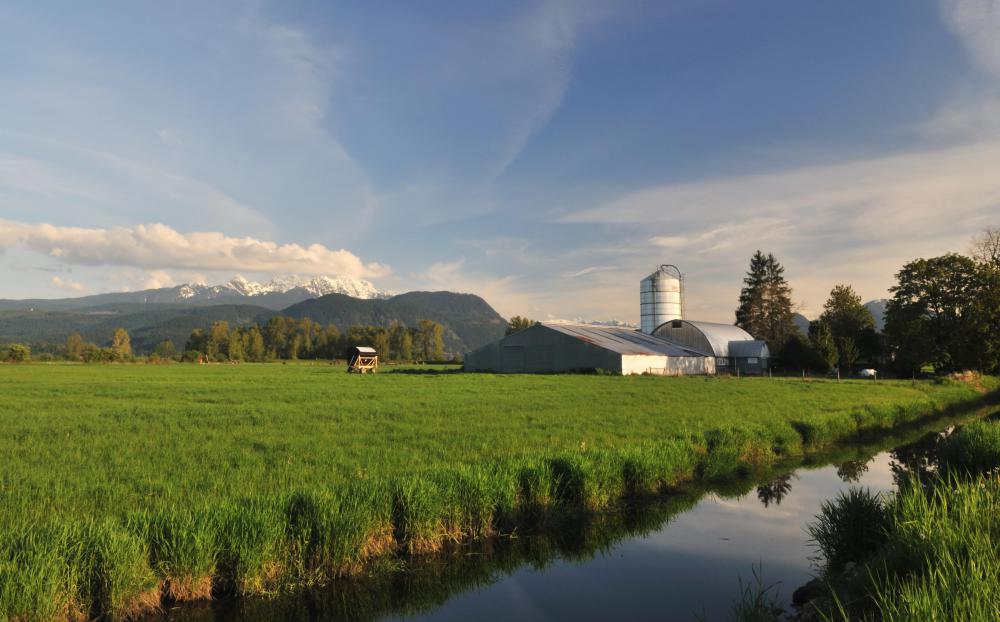
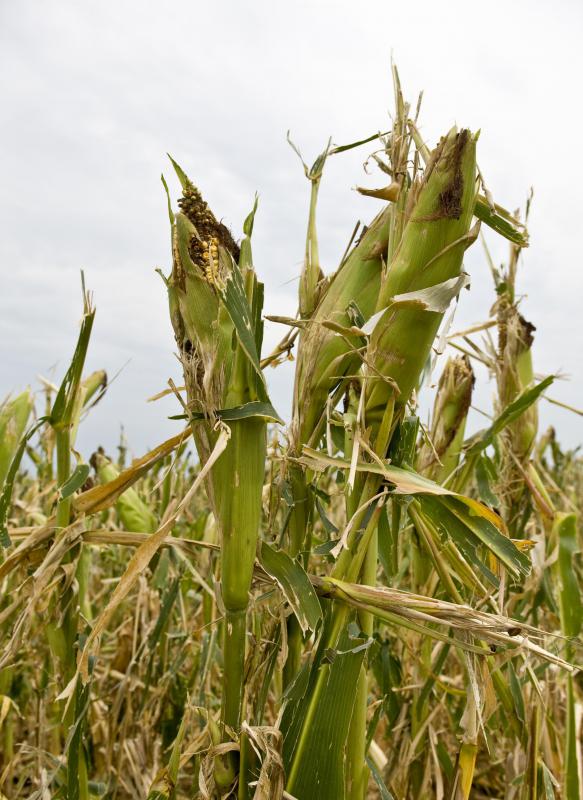
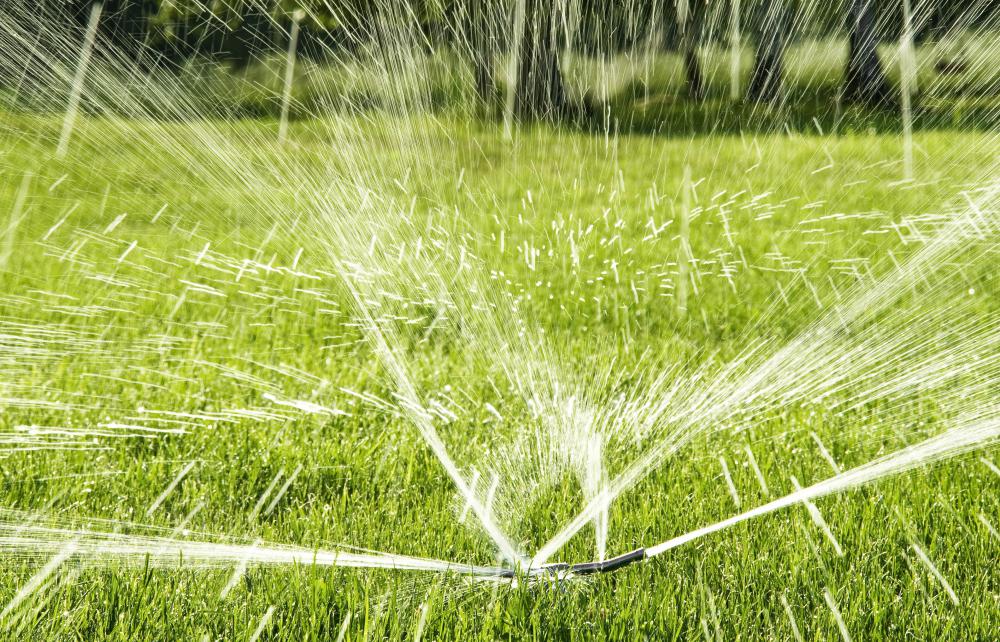

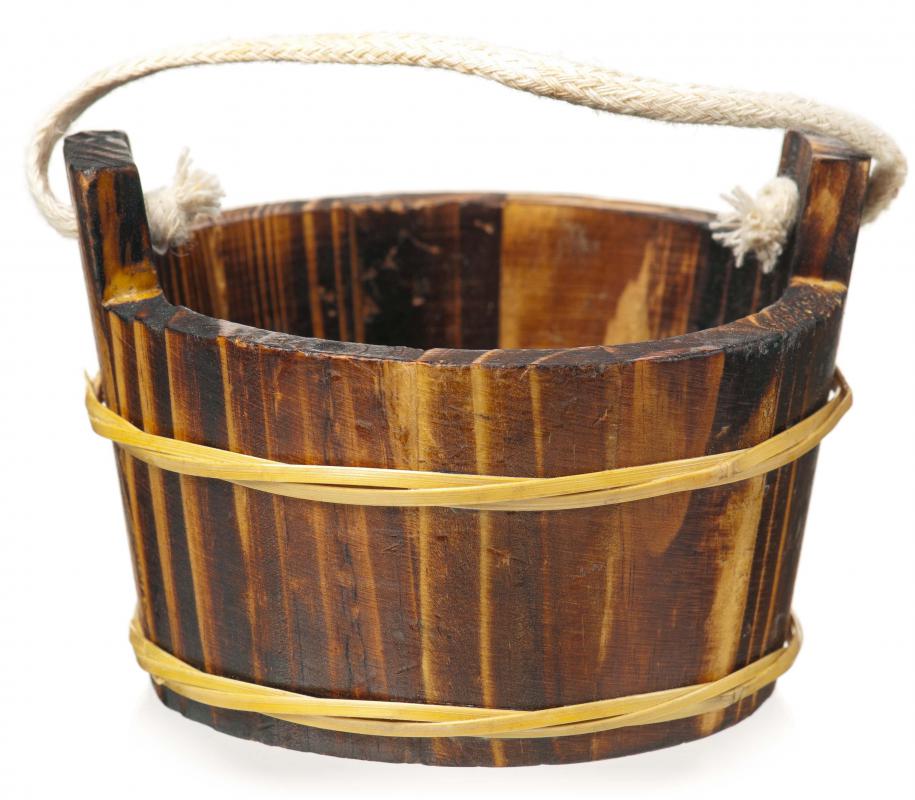
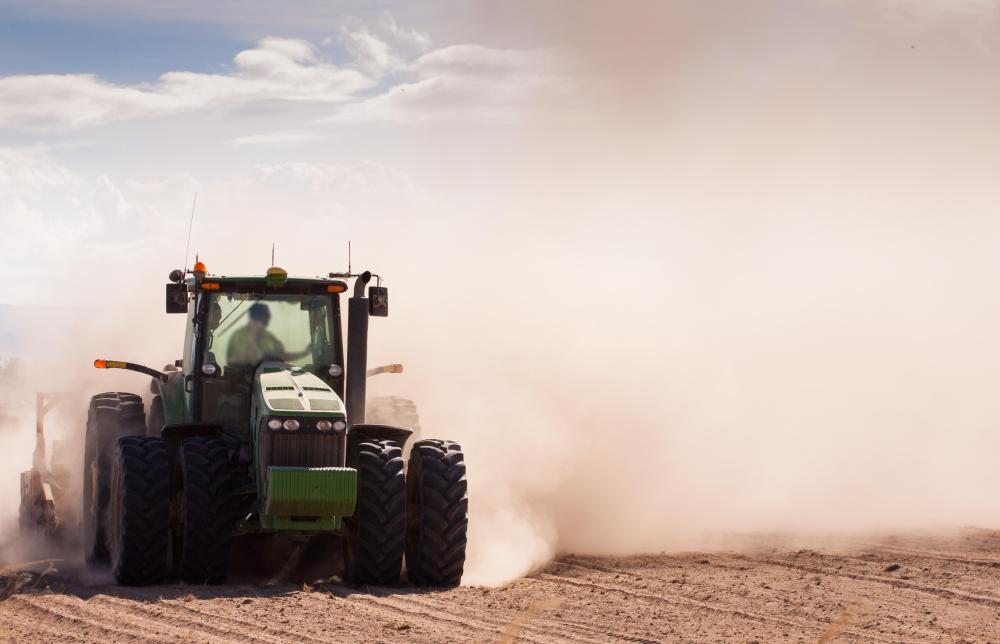
Discussion Comments
I think irrigation systems are very fun!
Many cities, especially southern cities over the past 5 years have suffered from terrible droughts. In response water bans were imposed by cities to ensure enough water was available.
Because the water bans were so successful and people started to realize how much of an impact conserving water was having on their communities, many continued their conservation long after the bans were lifted.
I always think it's a little silly when people get irritated when a city imposes a ban on the amount of water that can be used for residential irrigation. Perhaps if it was more widely known how much water Americans use yearly for irrigation, including watering lawns, people would be more conscious of how much water they are using on their lawns.
It is amazing that irrigation has been used since ancient times and that it's still so effective. I mean, how many technologies that developed thousands of years ago are we still using today?
Post your comments